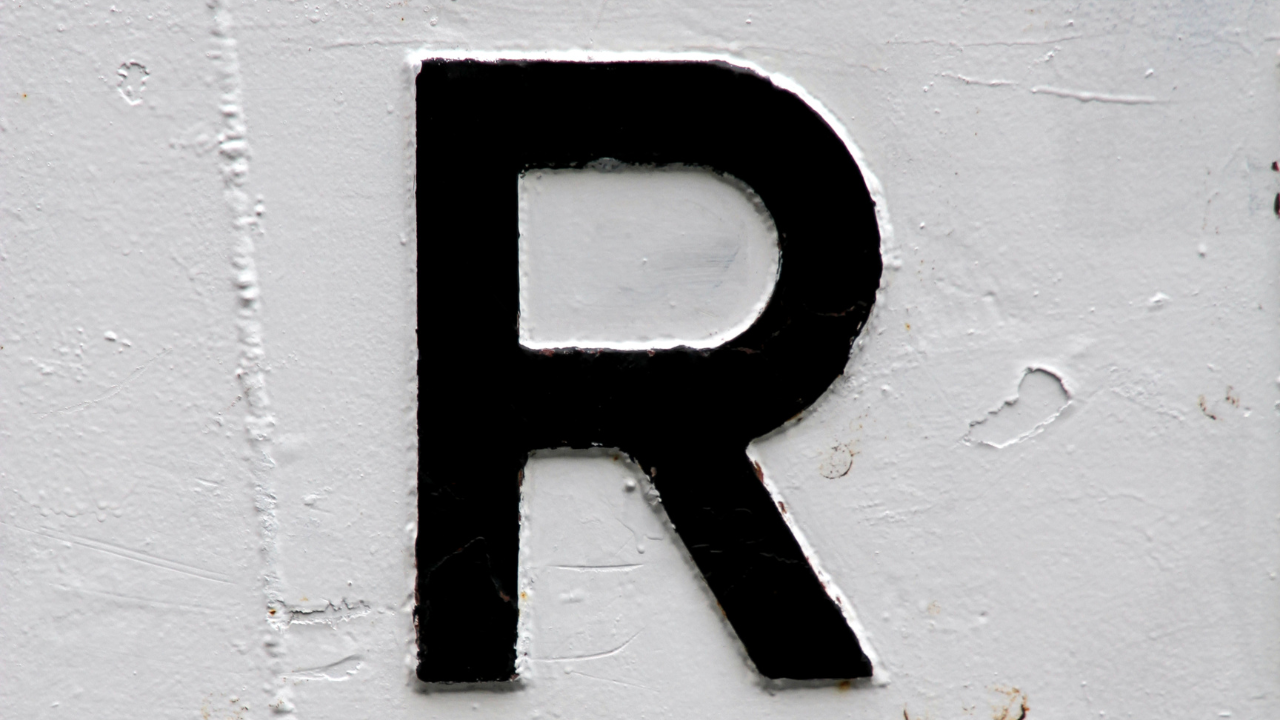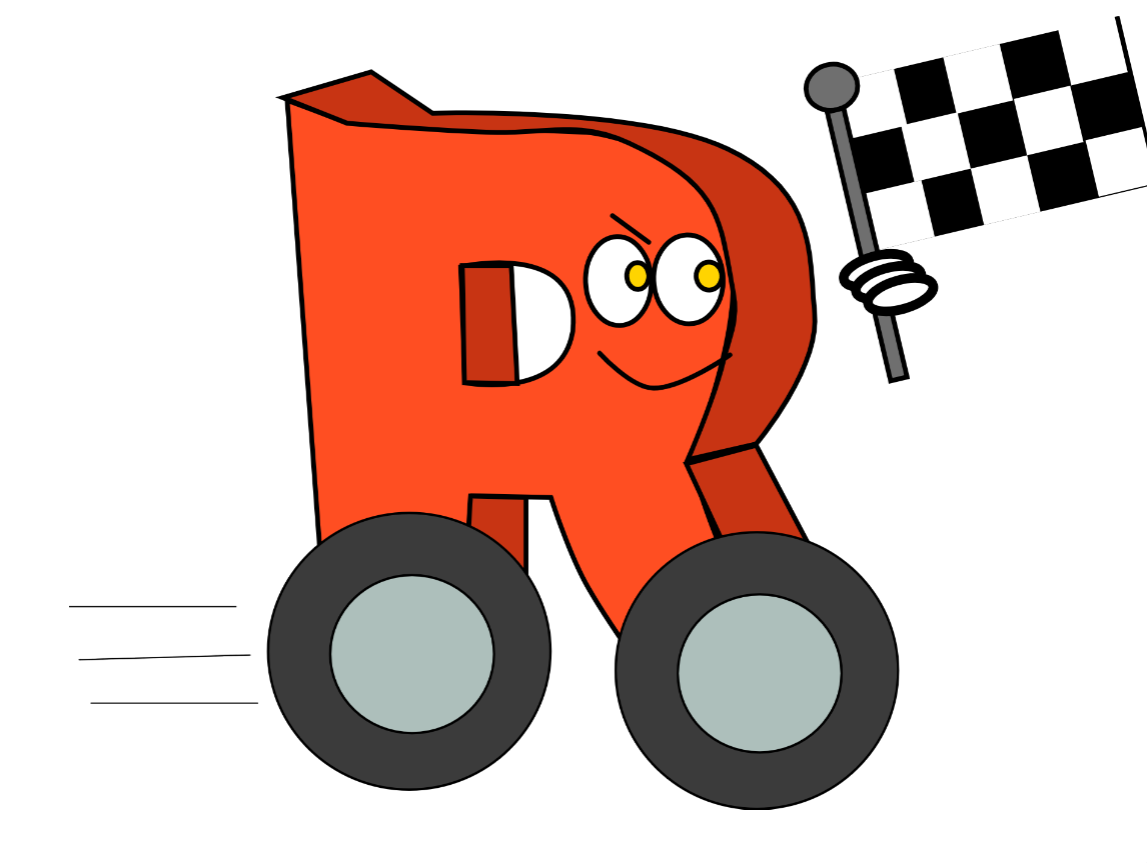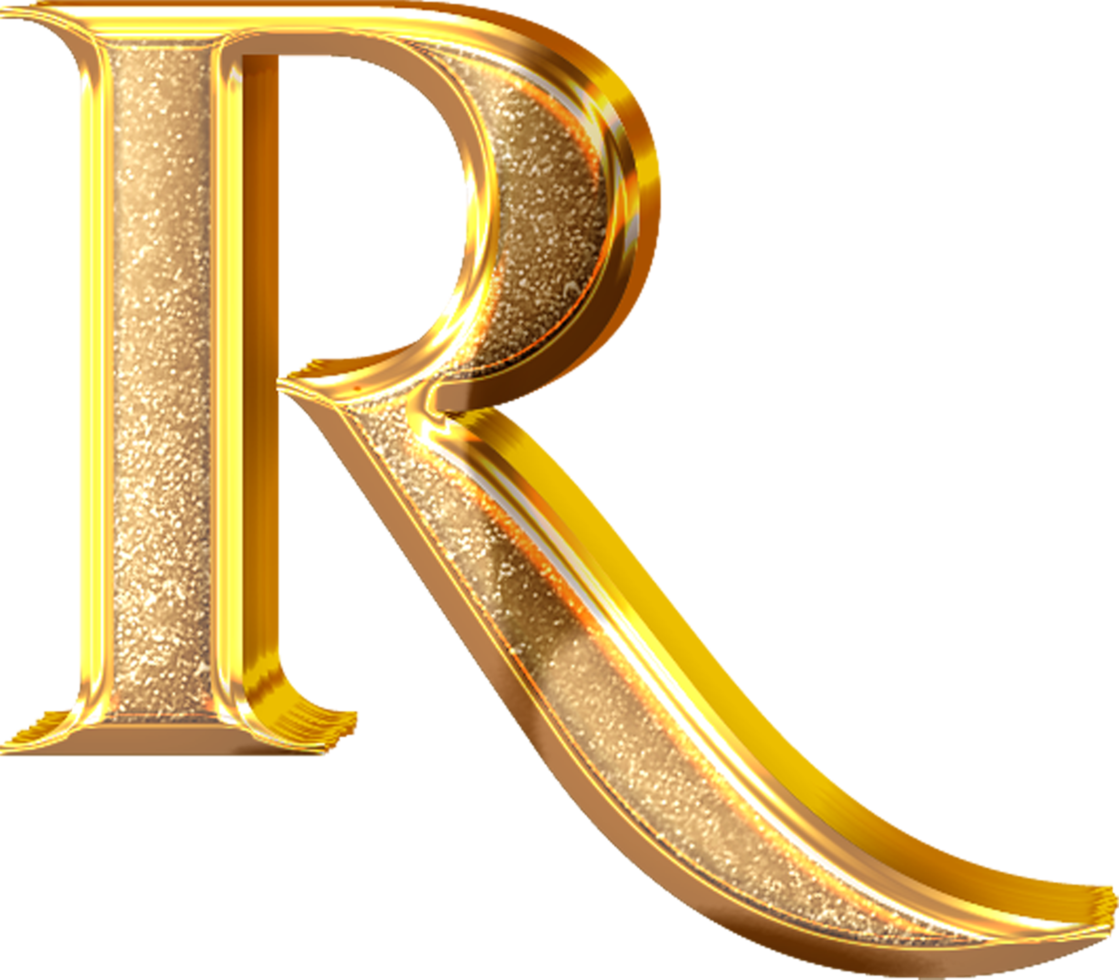There's something truly captivating about graffiti, isn't there? It’s a form of visual conversation, a way to put your mark out there, and it all starts with letters. Every single letter holds so much possibility for expression, really. From the sharp angles of a block letter to the playful curves of a bubble style, each character tells a bit of a story, more or less. And when you get into it, you see how artists put so much personal touch into their alphabet, making each piece genuinely their own.
And so, when we talk about creating these amazing letter shapes, the letter 'R' often comes up as a fascinating one to work with. It has a unique structure that lets you play around with different forms and flows, quite a lot actually. Whether you're just beginning to explore this kind of art or you've been sketching for a while, getting a good handle on the 'R' can really open up new ways to think about your designs. It's a letter that allows for a lot of creative freedom, you know, because of its distinct parts.
This article is here to walk you through some friendly ways to approach drawing the letter 'R' in graffiti style. We'll look at how simple shapes can turn into something really cool, and how you can pick up ideas from others to spark your own imagination. You'll get some pointers on how to make your 'R' stand out, and apparently, how to keep your creative juices flowing as you practice. It’s all about finding what feels right for you and your artistic expression.
Table of Contents
- Getting Started with Your Graffiti R
- What Makes a Great Graffiti R?
- How Can You Make Your R in Graffiti Unique?
- Where Can You Find Ideas for Your R in Graffiti?
Getting Started with Your Graffiti R
When you first think about drawing a letter like 'R' in graffiti, it might seem a little tricky, but it's actually pretty straightforward if you break it down. Think about it, you're not trying to draw a perfect, rigid letter like you'd see in a book. Instead, you're giving it personality, a bit of a bounce, maybe even a lean. The key is to start loose, to just get some basic shapes down on paper, really. It’s almost like you're playing around with building blocks, figuring out where each piece might fit best. This initial step is super important because it sets the stage for everything that comes after, giving you a sort of rough guide to follow. You want to feel comfortable with the initial outline before adding too many details, you know, just to get the flow right.
Initial Shapes for an R in Graffiti
So, where do you even begin with an 'R' in graffiti? A really good way to kick things off is by thinking about a bold capital 'F'. It sounds a little odd, I know, but it provides a great foundation. You can sketch out something that looks like a strong, chunky 'F' first. This gives you the main upright line and the two horizontal bars, which are kind of the backbone of your 'R'. Then, from there, you'll add the curved part and the leg. It's like you're adapting a familiar shape to create something new, in a way. This method helps you get the proportions right and makes sure your letter has that solid, weighty feel that often shows up in graffiti pieces. You're basically giving your 'R' a sturdy skeleton before you start putting any skin on it, so to speak. This approach, you know, makes the whole process less intimidating and more manageable, especially for someone just getting their hands dirty with this art form.
Some folks, apparently, like to think of the 'R' as having three distinct parts from the get-go: a stem on the left, a bowl, and a leg. The stem is that main vertical line, the bowl is the rounded part that comes off the top, and the leg is the diagonal line that shoots off the bottom right. When you consider these three elements individually, it becomes much simpler to place them on your paper and adjust their sizes and angles. You might start with the stem, then loosely draw the circle for the bowl, and then finally add the leg, making sure it has a good sense of movement. This method, too, helps you keep track of all the different bits that make up a complete 'R', ensuring nothing gets left out or looks out of place. It's a bit like assembling a small puzzle, where each piece has its own spot and purpose.
What Makes a Great Graffiti R?
What really makes a graffiti 'R' pop and stand out from the crowd? It's often about more than just drawing the correct shape; it's about giving it character and a bit of a story. A great 'R' has a certain energy, a sense of movement that draws your eye in. It might have sharp points that give it an aggressive feel, or smooth, rounded edges that make it seem playful and friendly. The thickness of the lines, the way they overlap, and even the tiny gaps you leave can all add to its overall appeal. It's almost like the letter itself is dancing on the page, or something like that. You want your 'R' to feel alive, not just a static drawing, and that comes from experimenting with different weights and curves. Really, it's about finding that sweet spot between legibility and pure creative expression, where your 'R' is still recognizable but also truly unique.
Building the Basic Parts of an R in Graffiti
When you're putting together the basic parts of your 'R' in graffiti, think about how each section connects and flows into the next. The stem, which is that upright bar, can be thick and solid, or it could be a bit more slender and dynamic. The bowl, that rounded section, can be a perfect circle, or it could be squashed, stretched, or even have a few sharp corners if you're going for a more angular look. And the leg, the part that extends downwards, can be long and sweeping, or short and punchy. You can also play with how the leg attaches to the bowl or the stem, perhaps making it overlap or even seem to emerge from within the letter itself. For example, some artists will have the leg curl back up slightly at the end, giving it a bit of a flourish. It’s all about these small adjustments that make a big difference, you know. You're basically building a little sculpture with lines, figuring out how each piece supports the others and contributes to the whole look of your 'R' in graffiti.
Consider the weight of your lines, too. A thicker outline can give your 'R' a lot of presence, making it feel heavy and important. Thinner lines, on the other hand, might make it seem lighter and more agile. You can also use different line weights within the same letter, perhaps making one side of the stem thicker than the other to create a sense of depth. This kind of variation adds a lot of visual interest and keeps the viewer's eye moving around your letter. It’s not just about drawing a line, it’s about drawing a line with purpose, you know? And apparently, practicing these different weights can really help you develop a stronger hand and a better feel for how your lines interact on the page. It's a subtle thing, but it makes a significant impact on the final appearance of your 'R'.
How Can You Make Your R in Graffiti Unique?
So, you've got the basics down for your 'R', but how do you make it truly yours? This is where the fun really begins, because graffiti is all about personal expression and developing a style that no one else has. It's not just about copying what you see; it's about taking inspiration and twisting it into something completely new. You might add little spikes, drips, or even small bubbles to your 'R'. Maybe you make one part super exaggerated while keeping another part quite simple. The possibilities are honestly endless, and that's what makes this art form so exciting. It’s about letting your hand and your imagination run wild, more or less. You're basically putting a piece of yourself into every single line, making your 'R' a reflection of your own creative spirit. It's a bit like finding your own voice, but with shapes and lines instead of words.
Playing with Styles for Your R in Graffiti
When you're playing with different styles for your 'R' in graffiti, think about the overall mood you want to create. Do you want it to look aggressive and sharp, like it's ready to jump off the page? Then you might use pointed edges and strong, straight lines. Or do you want it to feel bubbly and playful, almost like it's made of soft pillows? In that case, you'd go for rounded edges and a more inflated look. You can also experiment with how the letter connects to itself, perhaps having parts overlap in unexpected ways, or even creating little gaps that give it an airy feel. For instance, you could make the leg of your 'R' seem to melt into the ground, or have the bowl appear to be floating above the stem. These kinds of stylistic choices really set your 'R' apart and make it memorable. It’s a bit like dressing up your letter in different outfits, you know, to see which one fits its personality best. And apparently, the more you experiment, the more you'll discover what kind of styles you naturally gravitate towards.
Another way to add uniqueness is by considering the "flow" of your letter. Does it lean to one side, giving it a sense of speed? Or does it stand upright and solid, conveying strength? The way your lines move and connect can suggest motion or stillness, and this contributes a lot to the overall feel of your 'R'. You can also try adding little flourishes or embellishments, like small stars, arrows, or even tiny characters peeking out from behind the letter. These little details, you know, can add a lot of personality and make your 'R' truly distinctive. It's really about letting your creativity guide you, and not being afraid to try something a little different. Just a little bit of extra thought can turn a simple letter into a piece of art that truly stands out.
Where Can You Find Ideas for Your R in Graffiti?
Sometimes, even the most creative folks need a little nudge, a spark to get their own ideas going. So, where do you look for inspiration when you're trying to figure out how to draw your next 'R' in graffiti? The good news is, ideas are pretty much everywhere once you start looking. You can flip through art books, check out online galleries, or even just observe the letters you see around you in everyday life. The goal isn't to copy exactly what someone else has done, but rather to see how other artists have approached the letter 'R' and then use that as a jumping-off point for your own creations. It's like gathering ingredients for a recipe, you know, you collect a bunch of different things and then mix them together in your own special way. And apparently, the more diverse your sources of inspiration, the more unique your own style will become.
Sketching and Refining Your R in Graffiti
One of the best places to find and save ideas for your 'R' in graffiti is on platforms like Pinterest. There are tons of collections of graffiti letters there, showcasing all sorts of styles and approaches. You can scroll through these images and pick out elements that catch your eye – maybe you like the way someone drew the leg of their 'R', or the way another artist shaped the bowl. Collect these ideas, perhaps by saving them to a personal board, and then use them as a reference when you sit down to sketch. This process of collecting and observing is super helpful for building up your own visual vocabulary. It’s a bit like having a massive library of cool letter forms at your fingertips, you know, ready for you to explore and borrow from. And as a matter of fact, many artists build their entire style by looking at what others do and then adapting it to their own hand.
Once you've got some ideas brewing, it's time to put pencil to paper. Start by sketching out your chosen style for the 'R' on a good piece of paper or in a sketchbook. Don't worry about making it perfect right away; the first few attempts are just about getting the general shape and flow down. You can use light lines at first, and then go over them with darker lines as you become more confident in your design. This back-and-forth process of sketching and refining is how you truly make the letter your own. It's basically a conversation between you and your drawing, where you're constantly adjusting and improving things. You might try drawing the same 'R' twenty times, each time making a slight change, until you find something that really clicks. And just a little bit of practice each day can make a huge difference in how quickly your skills develop, you know, helping you train your hand to create those unique graffiti letter styles.
This article has walked you through some friendly ways to approach drawing the letter 'R' in graffiti style, from starting with simple shapes and understanding its basic parts to exploring ways to make your 'R' unique. We looked at how you can play with different styles and find inspiration from various sources, emphasizing the importance of sketching and refining your designs. The discussion covered initial shape ideas, building the stem, bowl, and leg, and how to infuse your personal touch into the letter's flow and embellishments. We also touched upon using resources like Pinterest to gather ideas and the value of consistent practice in developing your own distinctive approach to the 'R' and other letters.



